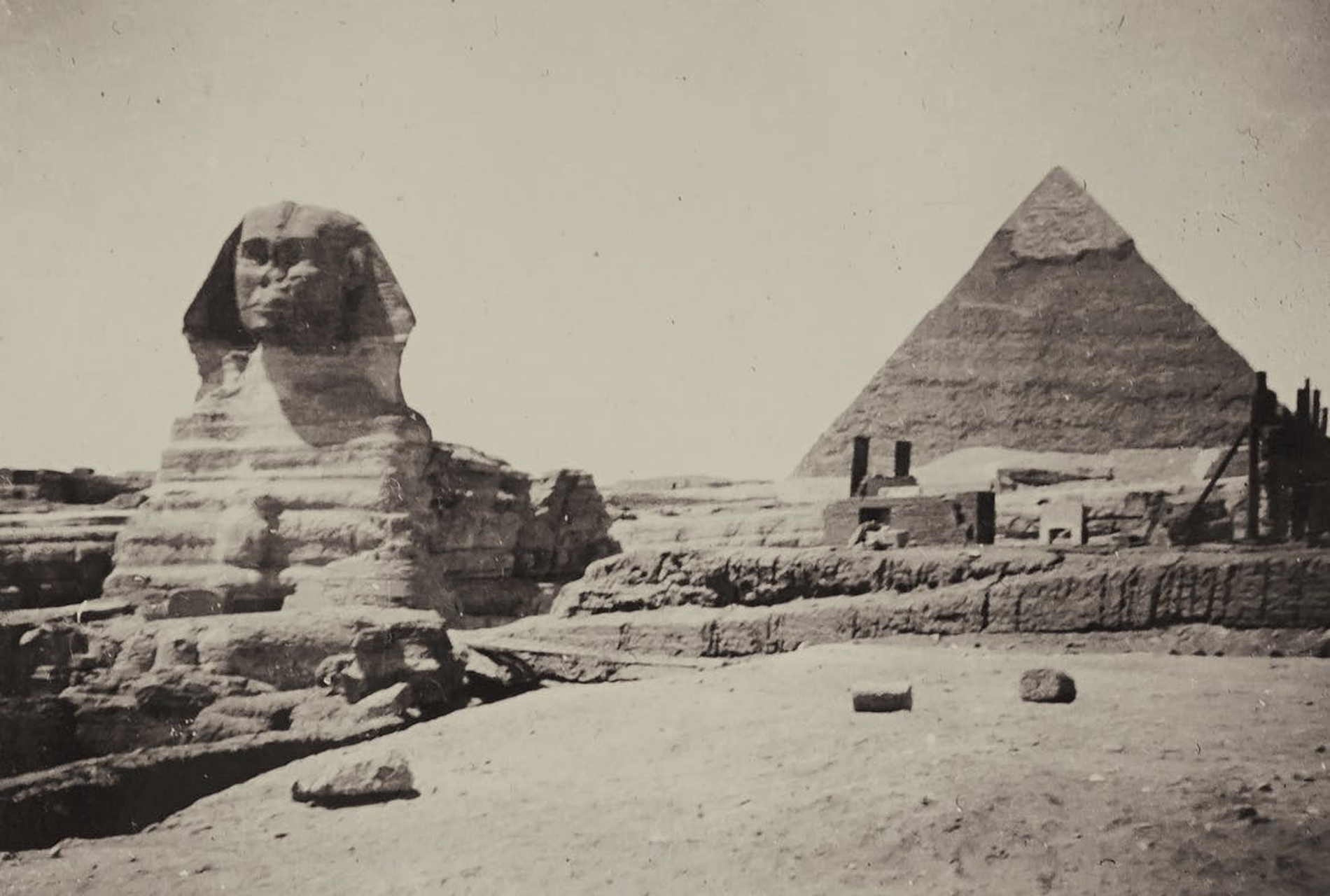

Florence was founded as a Roman military colony about the 1st century BCE, and during its long history it has been a republic, a seat of the duchy of Tuscany, and a capital (1865–70) of Italy. During the 14th–16th century Florence achieved preeminence in commerce and finance, learning, and especially the arts. The present glory of Florence is mainly its past. Indeed, its historic centre was inscribed on UNESCO’s World Heritage List in 1982. The buildings there are works of art abounding in yet more works of art, and the splendours of the city are stamped with the personalities of the individuals who made them. The geniuses of Florence were backed by persons of towering wealth, and the city to this day gives testimony to their passions for religion, for art, for power, or for money. Among the most famous of the city’s cultural giants are Leonardo da Vinci, Michelangelo, Dante, Machiavelli, Galileo, and its most-renowned rulers, generations of the Medici family. Scholars still marvel that this small city of moneylenders and cloth makers without much political or military power rose to a position of enormous influence in Italy, Europe, and beyond. The Florentine vernacular became the Italian language, and the local coin, the florin, became a world monetary standard. Florentine artists formulated the laws of perspective; Florentine people of letters, painters, architects, and craftspeople began the period known as the Renaissance; and a Florentine navigator, Amerigo Vespucci, gave his name to two continents. The city has remained an important cultural, economic, political, and artistic force into the modern era, setting trends in political administration (especially under Mayor Giorgio La Pira in the 1950s and early ’60s) and even cultural innovation (as in its influential Modernist train station designed under Giovanni Michelucci, its football [soccer] stadium by Pier Luigi Nervi, and the Archizoom radical design movement active during the 1960s and ’70s). The region around the city has a modern and dynamic economy based on small industrial production. The city itself is far more dependent on tourism, though it also has developed newer sectors such as information technology. Florence’s key role as a market centre is reinforced by its location at the nexus of transport lines connecting northern and southern Italy. Area 40 square miles (104 square km). Pop. (2006 est.) 366,901.
| 1 | Birthpalace | : | Italian Renaissance | ||
|---|---|---|---|---|---|
| 2 | Area | : | Area 40 square miles (104 square km) | ||
| 3 | Visiter | : | 15 million visitors explore Florence each year | ||
| 4 | Florence | : | Famous landmark | ||
| 5 | Destruction | : | in World War II. | ||
| 6 | Width | : | 156 meters (512 feet) |

The Great Pyramid of Giza, located about ten miles southwest of Cairo, was built as a burial site for Egyptian pharaoh Khufu in the 26th century BCE. Great Pyramid at Giza is considered one of the Seven Ancient Wonders of the World. Amazingly
Read More